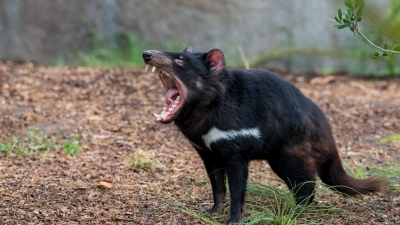
Cli-fi or Climate fiction has gained traction over the past few years. It turns the spotlight on issues relating to climate change and the fall-out of human activity on the environment and the future of our planet.
Commenting on Jim Laughters Polar City Red, a novel set around climate refugees in a future Alaska, Dan Bloom, a freelance writer coined the term cli-fi. In his description of the genre, Bloom calls it a route to wake people up through storytelling.
Climate fiction or Climate change fiction, popularly abbreviated as Cli-Fi modelled after the assonance of Sci-fi (Science fiction), is literature that deals with global warming and climate change. Not necessarily speculative in nature, the works of cli-fi may take place in the world as we know it or in the future.
Where to get started with climate fiction?
Although the term Cli-fi came into use in the late 2000s to describe novels and movies that deal with man-made climate change, historically there have been any number of literary works that have thematically dealt with climate change as a natural disaster. Some important books from this genre are:
Parable of the Sower by American writer Octavia E. Butler
It is probably the quintessential Cli-fi book. Published in 1993, it narrates the story of Lauren Olamina, a young girl growing up in California in the years 2024-2027. Our protagonist suffers from a debilitating disability called hyper-empathy which makes her extremely sensitive to the emotions of other people.
Set in a time when climate change and disease outbreaks have increased social disorder, this novel follows Lauren in her quest for freedom. Several characters from various walks of life join her on her journey north and learn of a religion she has crafted titled Earthseed. This religion emphasises the idea that one’s final mission in life is to inhabit other planets.
Parable of the Sower has won multiple awards, including the 1994 New York Times Notable Book of the Year, and has been adapted into a concert and a graphic novel.
The MaddAddam Trilogy by Margaret Atwood
Set in a darkly plausible future shaped by plagues, floods, and genetic engineering these books talk about the price of development. This trilogy comprises Ong and Crake (2003). The Year of the Hood (2009). and MaddAddam (2013)
Oryx and Crake begins with Jimmy or snowman waking to a desolate world. A reality where humankind has been nearly destroyed by a 21st Century plague spread through a health supplement called BlyssPluss pill The Year of the flood tells the other side of the story and gives us the view from the wildemess where God’s gardeners struggle to lead non-violent lives in a degraded landscape. MaddAddam the final book in the series brings together survivors from both the previous books looking towards the possibility of regeneration.
Gun Island by Amitav Ghosh The book Deen, a New York-based antiquarian book dealer who goes into the Sundarbans, the (disappearing) wetlands wedged between India and Bangladesh, in search of a shrine and the truth behind the myth of the Gun Merchant and Manasi Devi, the goddess of snakes.
Picture Credit : Google






